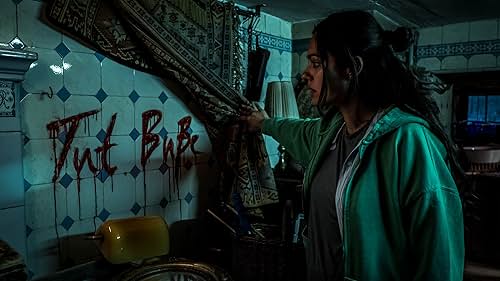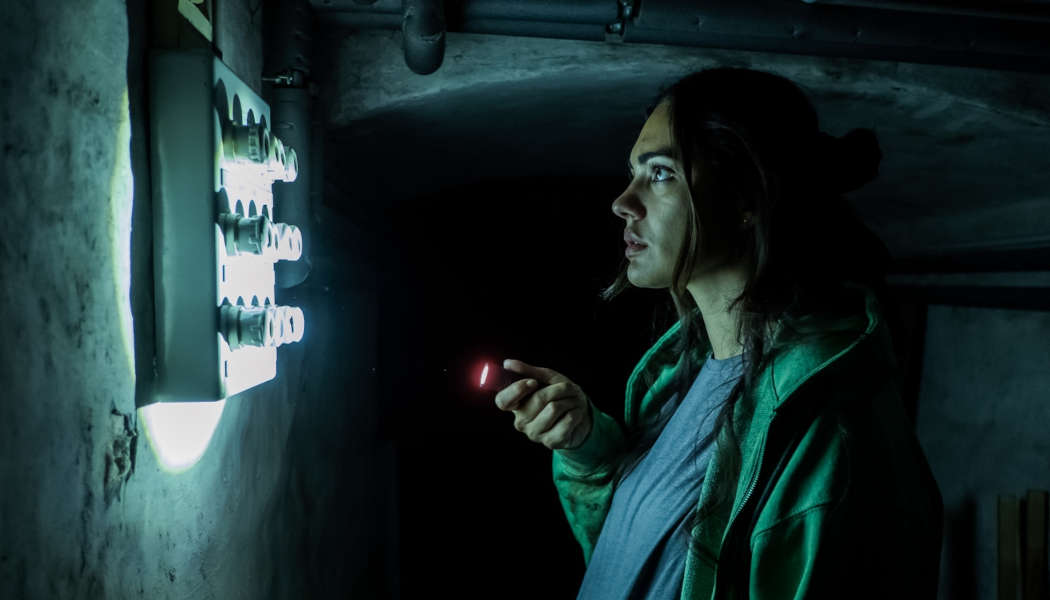Home Sweet Home (2005): A Haunting Tale of Grief and Madness
Home Sweet Home (2005), directed by Cheang Pou-soi, is a chilling Hong Kong horror film that blends psychological terror with emotional depth. Set against the backdrop of urban redevelopment and displacement, the story follows a young family who moves into a brand-new apartment complex in Hong Kong, only to discover that their new home is anything but welcoming.
The film centers on May (played by Karena Lam), a devoted wife and mother, who moves in with her husband Ray and their son Chi-lo. Their dream of a better life in a modern building is quickly shattered when their son is abducted by a grotesque, deformed figure lurking within the shadows of the complex. As May searches desperately for her child, she uncovers the horrifying truth about the building’s dark history and the vengeful entity that haunts it.

The figure haunting the apartment is not a ghost in the traditional sense, but a mentally broken woman—previously a squatter in the now-gentrified area—who lost her own child during a forced eviction. Traumatized by grief, she remained hidden in the building, surviving unnoticed while slipping deeper into madness. Her abduction of Chi-lo is not out of cruelty, but delusion—she believes the child is her own. This tragic backstory transforms her from a mere monster into a complex character whose pain mirrors May’s growing fear and despair.
What sets Home Sweet Home apart from conventional horror is its emotional core. May is not just fighting a monster—she’s confronting every parent’s worst nightmare: the loss of a child. Her journey through the maze-like corridors, air vents, and hidden passageways of the building reflects her emotional descent as well as her resilience. Karena Lam’s performance is powerful, capturing the raw panic and determination of a mother driven to extremes.

Visually, the film is dark, claustrophobic, and unsettling. The contrast between the bright, polished surfaces of the new apartment and the grimy underbelly where the creature hides heightens the tension. The use of lighting and tight framing creates a sense of entrapment that pulls the audience into May’s nightmare. Scenes in which May crawls through narrow ventilation shafts, inches away from danger, are some of the most nerve-wracking in the film.
Despite its strengths, the film is not without flaws. Some viewers may find certain plot points underdeveloped or confusing, especially regarding the creature’s survival in the building for so long. The pacing also slows at times, and there are a few technical inconsistencies that slightly undercut the suspense. However, these issues do little to diminish the overall impact of the story.

In conclusion, Home Sweet Home (2005) is a compelling blend of horror and heartbreak. It delivers genuine scares while offering a surprisingly human story about loss, memory, and survival. With its unique premise, strong lead performance, and emotionally resonant themes, it stands out as one of the more thoughtful and effective horror films to come out of Hong Kong in the 2000s. For fans of atmospheric, character-driven horror, it’s a film well worth watching.

-1752631912-q80.webp)
